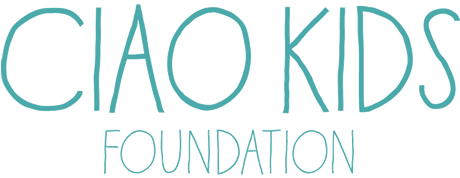We are working in India, the world’s most populous country, where high inequality persists despite rapid economic growth, and in Nepal, a very poor region still struggling to recover from the terrible earthquake of 2015 and the two particularly difficult years of Covid.
In both countries, although significant progress has been made, many communities continue to live in very precarious conditions.
- Social discrimination and exclusion
Despite legal protections, these groups continue to face social prejudice and are excluded from economic and political structures. Caste practices and social segregation prevent them from accessing basic rights, limiting their integration into society.
- Limited access to education
High illiteracy rates and a lack of educational infrastructure hamper their socio-economic development. Schools, often remote or of poor quality, and discrimination within the education system create a cycle of poverty and inequality for these populations.
- Economic precariousness
Mostly dependent on agriculture or informal work, these populations are vulnerable to unemployment, debt and exploitation. The lack of land rights, access to credit and economic resources keeps them in intergenerational poverty.
- Eviction and loss of land
Due to industrial projects, dams or mining, tribal people are losing their ancestral lands, often without adequate compensation or recognition of their land rights. This deprives them of their traditional livelihoods and pushes them into urban areas where they are marginalized.
- Vulnerability of women and children
These groups are particularly exposed to violence, human trafficking and domestic and sexual exploitation. Women, in particular, suffer double discrimination due to their gender and social status, while children are victims of forced labour and exploitation.
- Limited access to health services and infrastructure
These populations have limited access to healthcare, clean water and other essential services, which increases their vulnerability. Lack of infrastructure in rural and remote areas reinforces health and socio-economic inequalities. These complex challenges require a comprehensive response to improve living conditions and promote inclusion of these marginalized groups in India and Nepal.



